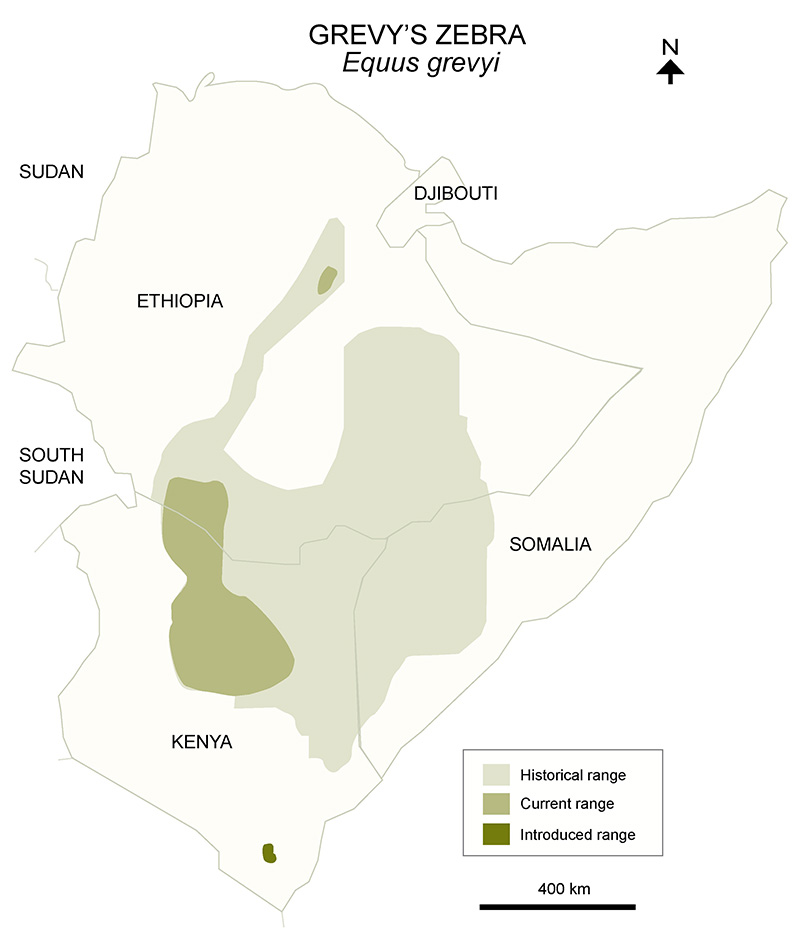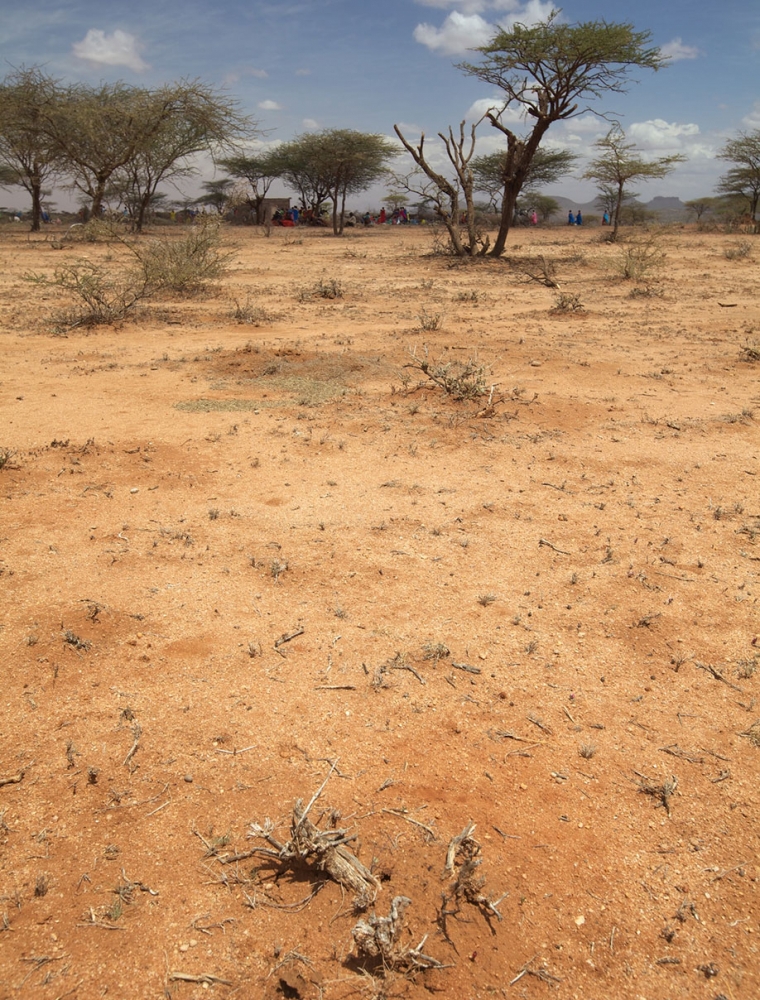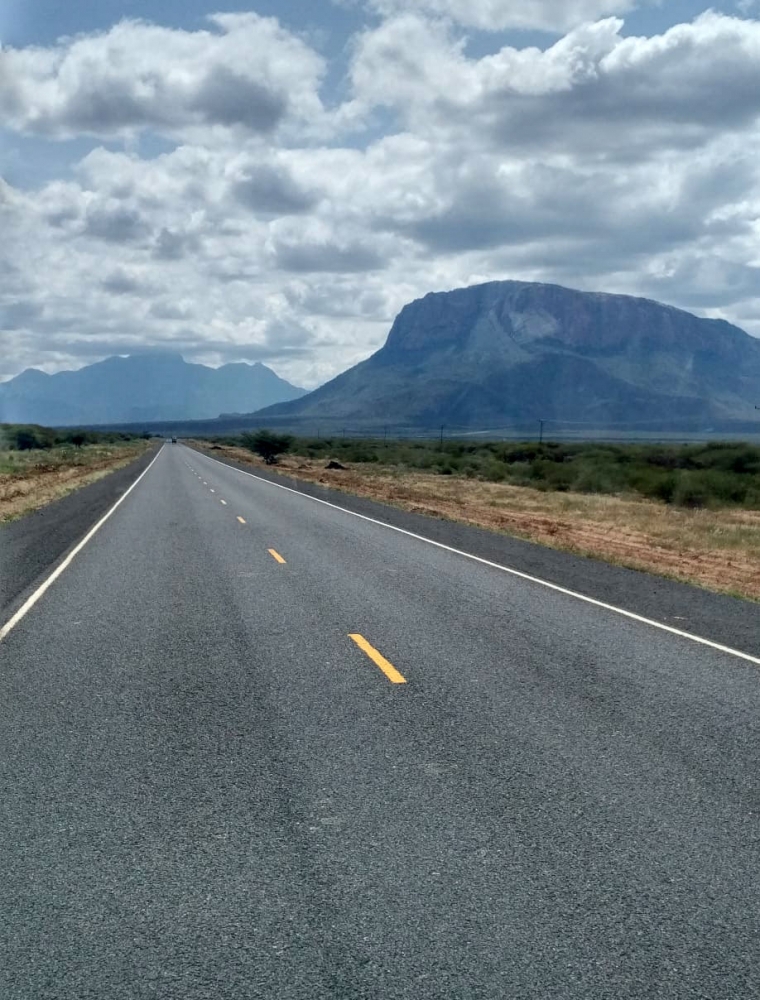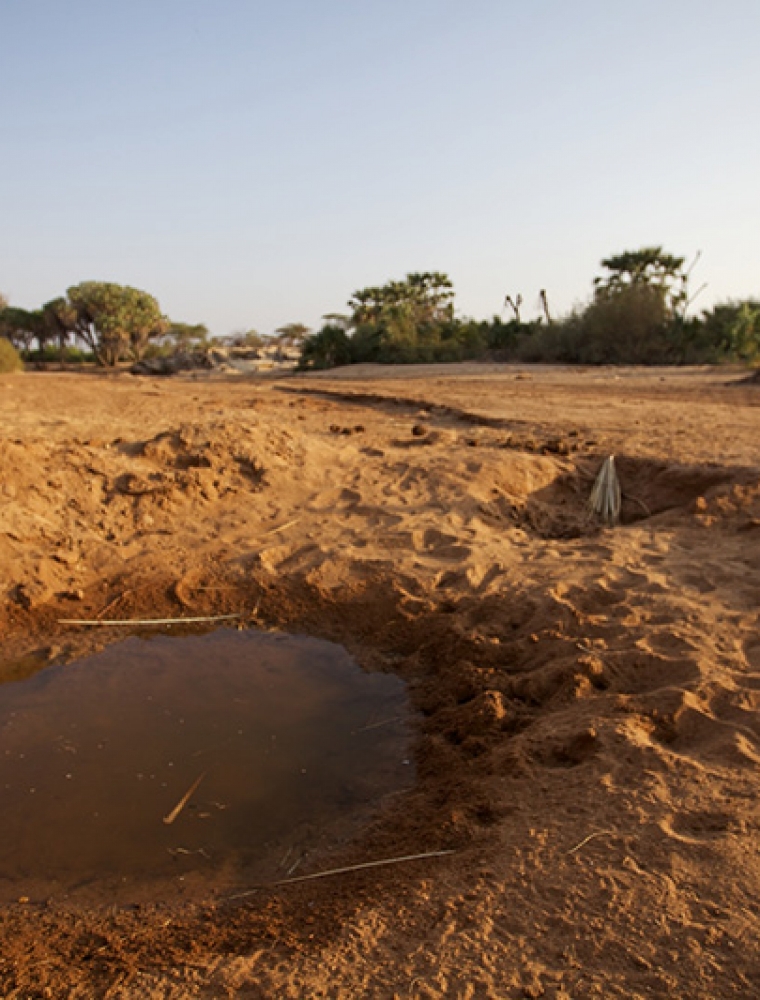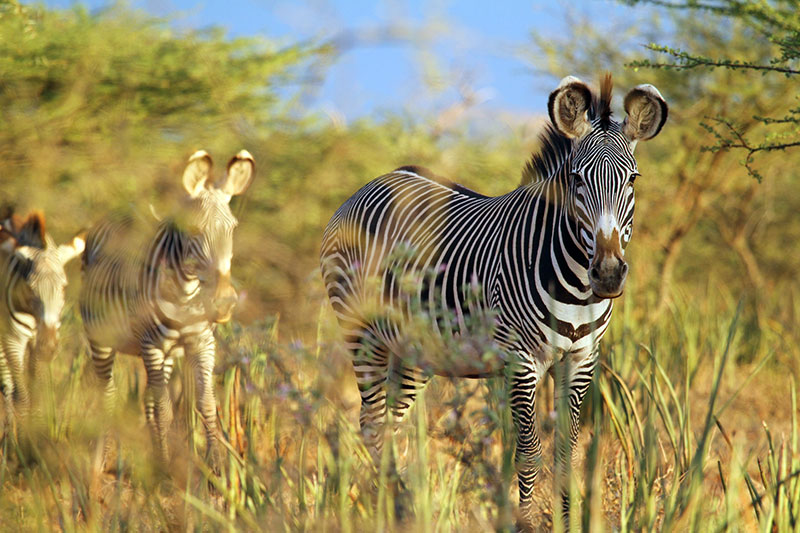© Andrew Peacock
Only 3,000 Grevy’s Zebra Remain In The Wild
Grevy’s Zebra Numbers
Grevy’s zebra are in crisis and numbers have declined rapidly. In the late 1970s, the global population of Grevy’s zebra was estimated to be 15,000 animals; present-day estimates indicate only 3,042 animals remain, representing at minimum an 80% decline in global numbers. In Kenya the 2018 estimate was 2,812 Grevy’s zebra and 230 in Ethiopia.
The Grevy’s zebra is one of Africa’s most endangered large mammals and is listed as Endangered A1a, 2c by the IUCN/SSC Equid Specialist Group. Grevy’s zebra is also listed on Appendix I of the Convention on International Trade of Endangered Species of Flora and Fauna (CITES) which offers them the highest protection against illegal trading. They are legally protected in Ethiopia and since 1977 have been protected by a hunting ban in Kenya.
The species has undergone one of the most substantial reductions of range of any African mammal. Historically, they were found more widely across the Horn of Africa. Today, Grevy’s zebra are considered extirpated in Somalia and are found only in central and northern Kenya and southern and north-eastern Ethiopia.
The historic and present distribution of Grevy’s zebra in the Horn of Africa
(Adapted from Moehlman, P.D., King, S.R.B., and Kebede, F. 2016. Status and Conservation of Threatened Equids in Wild Equids: Ecology, Management, and Conservation (edited by Jason I. Ransom and Petra Kaczensky). Johns Hopkins University Press. pp 167-186.)
(Adapted from Moehlman, P.D., King, S.R.B., and Kebede, F. 2016. Status and Conservation of Threatened Equids in Wild Equids: Ecology, Management, and Conservation (edited by Jason I. Ransom and Petra Kaczensky). Johns Hopkins University Press. pp 167-186.)
Threats to Grevy’s zebra
In Kenya, hunting Grevy’s zebra for their skins caused their rapid decline in the 1970s until a total hunting ban came into effect in 1977. Since the 1970s, new threats have arisen which play a significant role in limiting Grevy’s zebra population growth.
The main threats to Grevy’s zebra include:
- Habitat degradation leading to competition for resources with livestock
- Reduction of water sources and restricted access to water
- Infrastructure development across the landscape
- Disease
- Subsistence poaching
Hybridisation with the plains zebra is not considered a threat at this time. Although the occurrence of hybrid individuals where Grevy’s zebra males mate with plains zebra females is recognized, the threat to the Grevy’s zebra population is not significant as genes currently only flow from Grevy’s zebra to plains zebra. Hybridisation appears to be largely limited to the southern periphery of the Grevy’s zebra range, notably Laikipia, where Grevy’s zebra and plains zebra ranges overlap and where plains zebra densities far outnumber Grevy’s zebra.
Grevy’s Zebra Conservation History
Since 1998, Grevy’s zebra conservation efforts have significantly increased and expanded. With more than 99% of Grevy’s zebra range falling outside protected areas, Grevy’s zebra became a focal species for community-led conservation programs. In the early to mid-2000s, investment was made into a small number of community conservancies that were considered critical range for Grevy’s zebra. Today, there are a total of seventeen community conservancies and three county conservancies established across Grevy’s zebra range in northern Kenya.
The initial focus for conservation efforts was on Samburu County in the central and eastern part of the county. However, since 2008, these efforts have expanded to include Samburu North and parts of Marsabit County. They include communities that do not have a formal conservancy structure. Stakeholders in Laikipia County have recently focused more attention on Grevy’s zebra as the population in this area has significantly increased in recent years.
The role of county governments in Grevy’s zebra conservation is also critical, especially as the national reserves are an essential refuge for the species. County governments have demonstrated their active support for the Great Grevy’s Rally census. Recognition of Grevy’s zebra as a flagship species in the landscape will help to secure inclusion of its conservation and management in County-Integrated Development Plans (CIDPs), as well as national level infrastructure projects.
